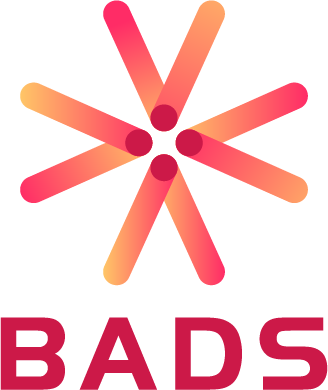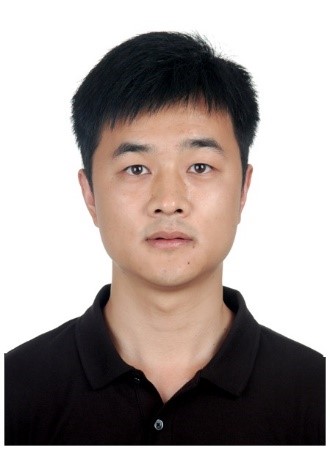
| Assoc Prof. Tan Swee ChuanSingapore University of Social Sciences, SingaporeResearch Area: Business Analytics; Decision Tree; Anomaly Detection; Ensemble Learning; Clustering. Title of Keynote Speech: From Chaos to Clarity: Applying Analytics with BDA-MAP Abstract: This talk presents the Business-Data-Analytics (BDA) Mind-Mapping approach for Analytics Projects (MAP) management. BDA-MAP offers a flexible methodology to managing analytics projects by focusing on aligning business objective, data requirements, and application of appropriate analytics techniques. Unlike traditional sequential, process-oriented methodologies such as CRISP-DM or SEMMA, BDA-MAP is agile, and allows a quick response to issues encountered during the planning and execution of real-world analytics projects. The methodology allows analysts and end-users to collectively refine their understanding of a project at hand and enhance it iteratively. The talk illustrates the effectiveness of the BDA-MAP approach through real-world case studies in visual analytics, customer segmentation, and predictive analytics, demonstrating how this methodology can uncover actionable insights that drive improved business performance. In the digital era, adopting an agile and flexible analytics approach like BDA-MAP is essential for organizational success. If time permits, this talk will also cover how this framework has been used to design an undergraduate degree programme in Business Analytics |
Assoc.Prof. Chuan LuoSichuan University, ChinaResearch Area: Research on data mining and knowledge discovery, granular computing and rough set, incremental learning and parallel computing Title of Keynote Speech: Distributed Feature Selection for Scalable Dimensionality Reduction Abstract: The emerging Big Dimensionality presents an immediate challenge pertaining to the scalability issue in the data analytics and computational intelligence communities. Feature selection, as a type of dimension reduction technique, has been proven to be effective and efficient in handling high dimensional data. However, the appearance of large data explosion leads to the existing serial computing feature selection algorithms are extremely time-consuming due to the limited computational and storage resources. As a practical pathway to pursue the challenge of explosive growth and aggregation of data, parallelization of algorithms by exploiting high performance computing resources in a distributed computing environment have increasingly gained strengths in facilitating large-scale data analysis. This talk will introduce our recent research works targeting scalable feature selection from multiple perspectives: Spark rough hypercuboid approach for scalable feature selection, Large-scale meta-heuristic feature selection based on BPSO assisted rough hypercuboid approach, and RHDOFS: a distributed online algorithm towards scalable streaming feature selection. |
|

